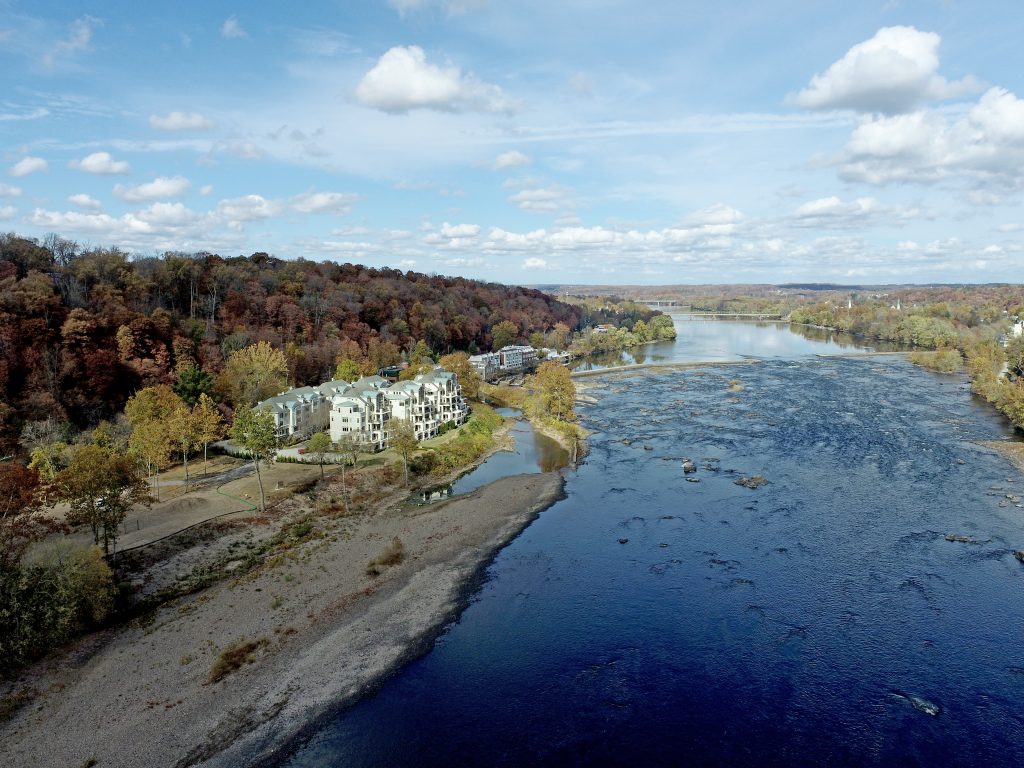
DRBC calls a special hearing for Nov. 19 on drought conditions
| November 6, 2024
The Delaware River Basin Commission announced on Wednesday that it would hold a special hearing via Zoom at 1:30 p.m. on Nov. 19 about the dry conditions plaguing the basin states.
“Many areas in the Delaware River Basin continue to experience significantly below-normal precipitation with resulting effects on stream flows, groundwater levels and reservoir storage,” said the commission’s executive director, SteveTambini. “These conditions have already prompted the states of New Jersey, New York, Delaware and Pennsylvania to declare drought watches or warnings in most or all of the counties that lie within the basin.”
The purpose of the hearing is to seek input from interested parties as the commission considers declaring a “water supply emergency” if conditions worsen.
The basin-wide drought management plan is based on the amount of combined storage in the three New York City reservoirs, the largest in the Delaware River Basin.
As of Wednesday morning, the combined storage in New York City’s Delaware River Basin reservoirs was 38 billion gallons above the level that initiates a drought watch. (Here’s a link to the reservoir storage levels.)
But the dry conditions could create a problem with the salt front — the point in the river where salty ocean water travels upstream, which could cause problems for drinking water supply systems for the Philadelphia Water Department as well as across the river in Camden for New Jersey American Water. We rely on freshwater coming down the river to push the salt front back.
There are two gauges on the river that help with managing water resources. The gauge at Montague, N.J., through which the River Master can demand New York City release more water from its three Delaware River reservoirs. The other gauge is at Trenton and its focus is the salt front.
Beginning in October, low flows in the Delaware River prompted the DRBC to direct releases of stored water from a federal reservoir in Beltzville in Carbon County in Pennsylvania to meet the minimum flow objective for the river at Trenton.
“As of 8 a.m. today, approximately 1.12 billion gallons of water has been released from Beltzville Reservoir to meet the Trenton Flow Objective,” Amy Shallcross, the commission’s water resource operations manager, said in a statement on Wednesday.
An additional source of water in the lower basin that is available for use to meet the Trenton Flow objective is Blue Marsh Reservoir in Berks County in Pennsylvania.
“The salt front is currently 17 river miles upstream from its normal location for this time of year despite the reservoir releases,” Shallcross said. “If more water is needed to address salt front management, we expect continued decreases in reservoir storage and additional drought risks.”
Managing the river is a complicated process, further complicated at the moment by New York City Department of Environmental Protection’s billion-dollar repair of the Delaware Aqueduct, which demanded the shutdown of the aqueduct and re-drawing of the system to supply New York City with drinking water not just initially but later toward the spring when the alternate sources might well be running dry.
Register for the Zoom meeting here. More information on drought conditions here.






